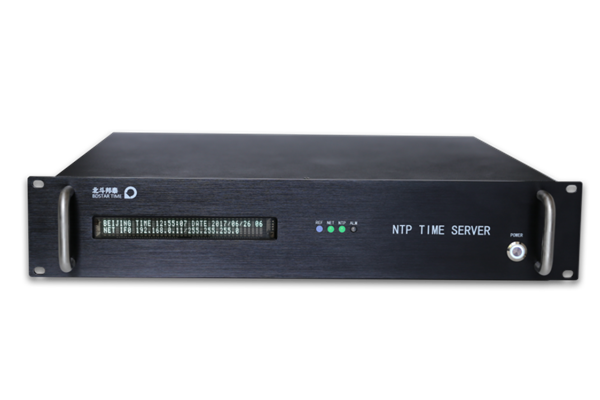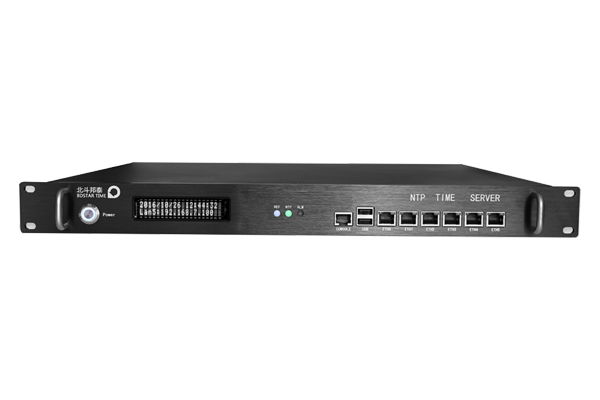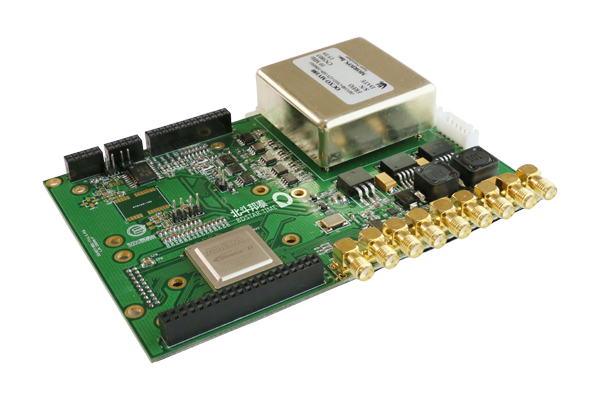Digital clock synchronization is critical in a variety of applications, including the financial industry, transportation systems, and telecommunication networks. Accurate time synchronization ensures the smooth and efficient operation of these systems. The digital clock synchronization process involves the use of a digital clock synchronization device, which ensures that all devices within the system are synchronized to the same time source.
The digital clock synchronization device, also known as a time server or clock server, functions by receiving time signals from an atomic clock or GPS receiver, and then distributing these signals across the network using a synchronization protocol such as Network Time Protocol (NTP) or Precision Time Protocol (PTP). The digital clock synchronization device acts as the time reference for all the devices connected to the network, ensuring that all devices are synchronized to the same time source.
One of the key advantages of using a digital clock synchronization device is that it ensures accurate and reliable time synchronization, even in cases where devices are located in different geographical locations. This is particularly important for applications such as the financial industry, where accurate timing is critical for high-frequency trading and other financial transactions.
Another advantage of using a digital clock synchronization device is that it enables the use of a common time source across the network. This ensures that all devices within the network have a consistent understanding of time, which is essential for the smooth operation of the system.
In addition, digital clock synchronization devices can be used in a variety of industries, including transportation systems and telecommunication networks. For example, in transportation systems, accurate timing is critical for the coordination of traffic signals and the smooth operation of public transportation systems. In telecommunication networks, accurate timing is essential for the synchronization of cellular networks and other communication systems.
In conclusion, the digital clock synchronization device is a critical component of digital clock systems, providing accurate and reliable time synchronization across the network. It functions by receiving time signals from an atomic clock or GPS receiver, and then distributing these signals across the network using a synchronization protocol such as NTP or PTP. The digital clock synchronization device is particularly important for applications such as the financial industry, transportation systems, and telecommunication networks, where accurate timing is essential for the smooth and efficient operation of the system.
上一篇:北斗衛(wèi)星模擬器:利用北斗衛(wèi)星信號(hào)模擬器實(shí)現(xiàn)數(shù)字時(shí)鐘系統(tǒng)的北斗定位和時(shí)間同步功能 下一篇:數(shù)字時(shí)鐘標(biāo)準(zhǔn)時(shí)間同步:數(shù)字時(shí)鐘系統(tǒng)中實(shí)現(xiàn)標(biāo)準(zhǔn)時(shí)間同步的基準(zhǔn)方案

.png)


